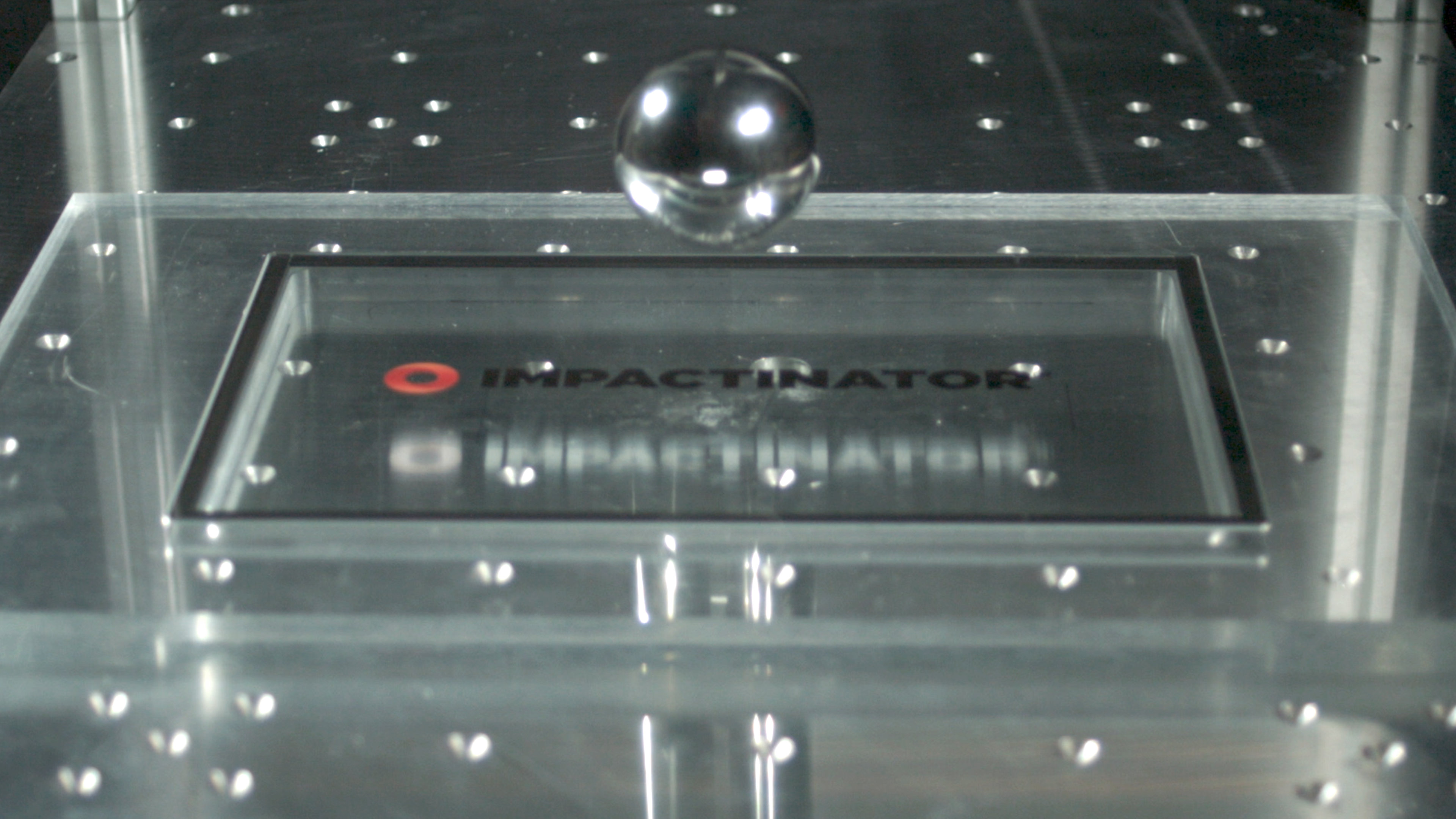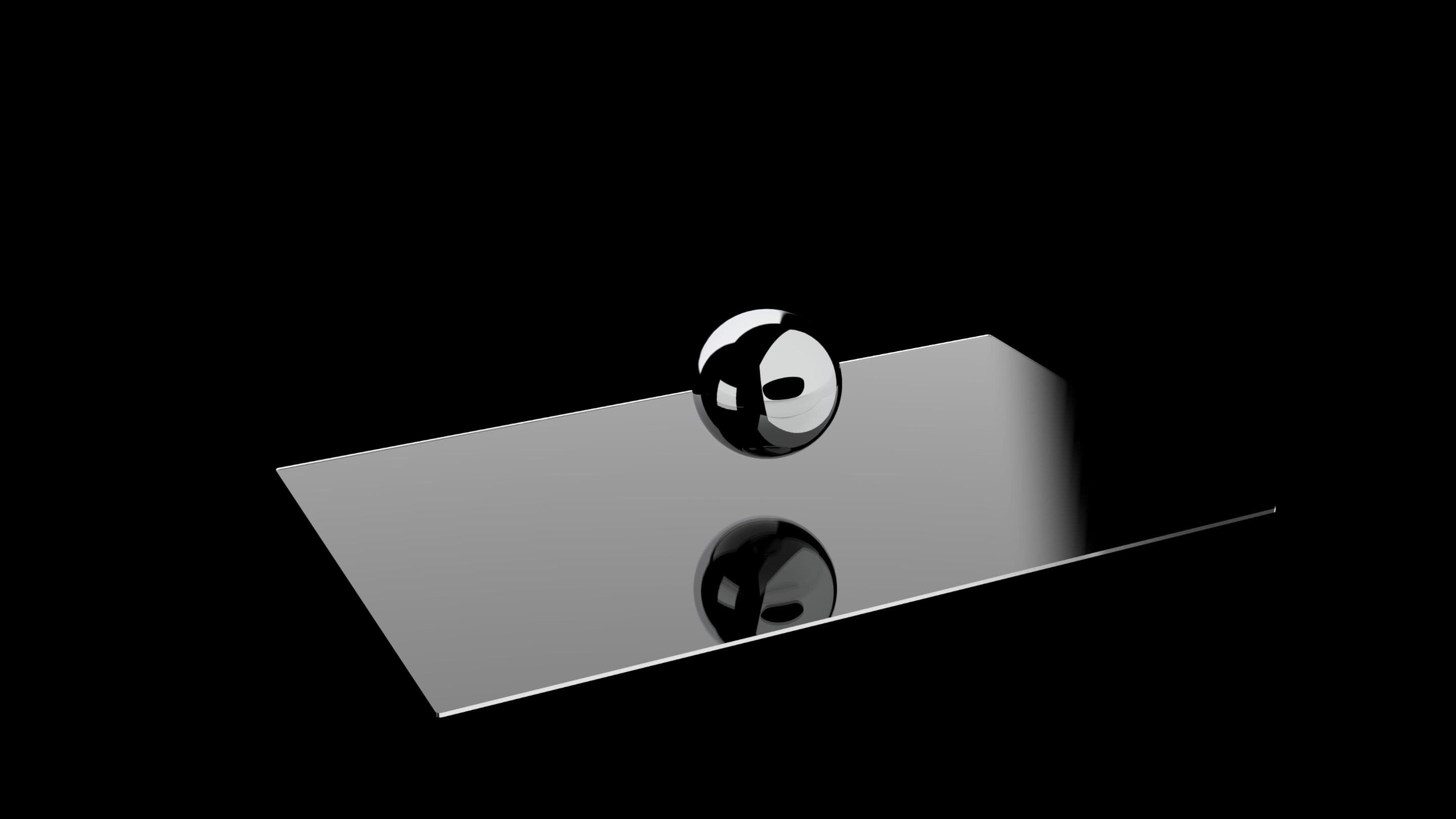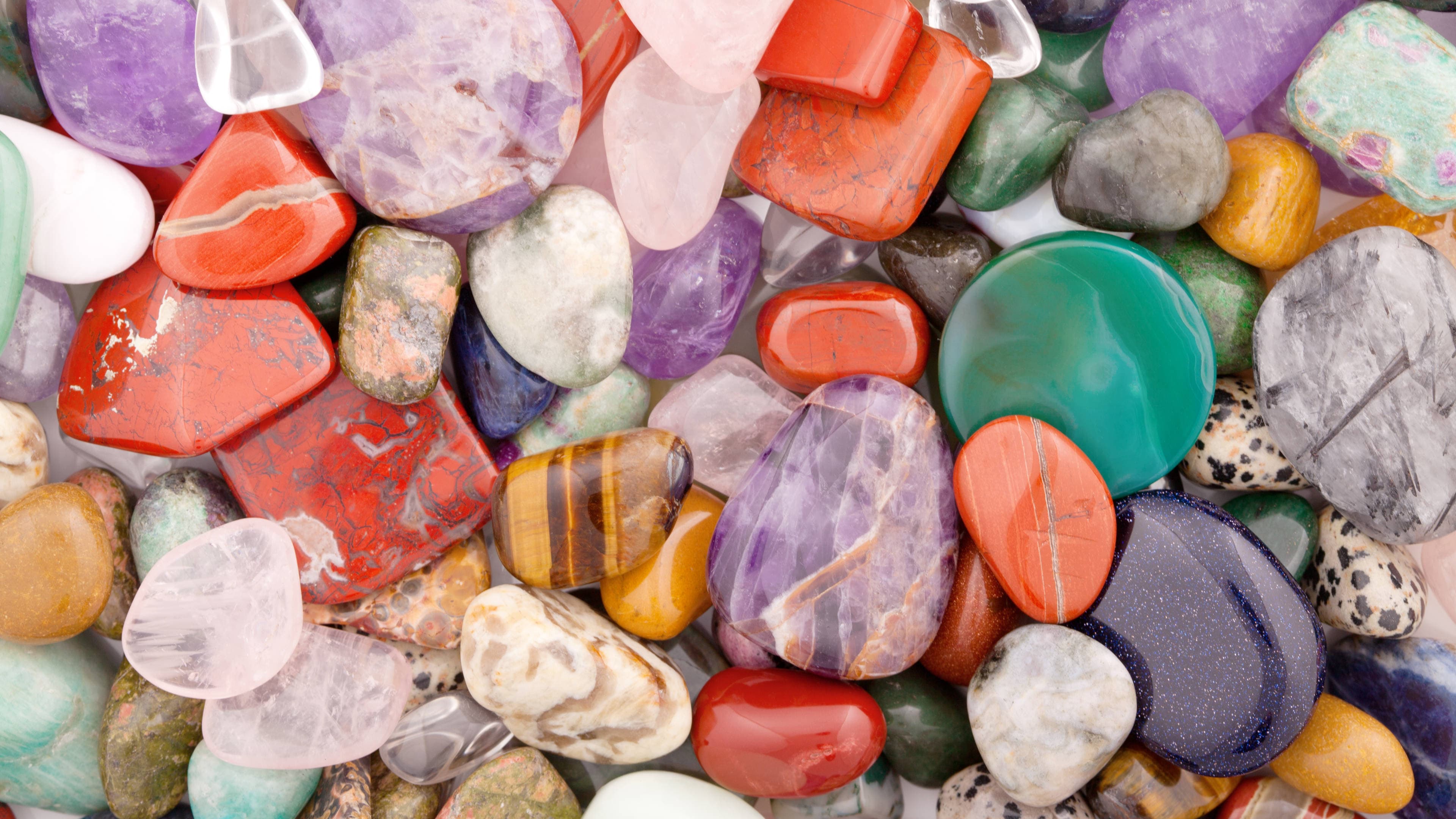
What is the Mohs Hardness Scale?
The Mohs hardness is a comparative method to measure the scratch resistance of minerals ranging from 1 to 10. The idea behind the Mohs hardness scale is quite simple. This scale helps identify minerals by testing their ability to scratch or be scratched by a mineral of known hardness. The Harder material scratches the softer material.
Diamond is the hardest material on the Mohs hardness scale, with a maximum rating of 10, while talc sits at the lowest end of the scale with a rating of 1.
For example, gypsum can scratch talc; therefore, it has a higher Mohs Scratch Hardness value than talc.
Understanding Mohs Hardness
The science of mineralogy owes much of its understanding to various scales and measurements that have been devised over the years. One such key scale, which gauges the hardness of minerals, is the Mohs Hardness Scale. For anyone with an inclination towards gemology, geology, or mineralogy, this scale offers an invaluable tool to differentiate and categorize minerals. Let's delve deep into understanding the Mohs Hardness.
Origins of the Mohs Scale
The Mohs Hardness Scale was conceived in 1812 by Friedrich Mohs, a German geologist and mineralogist. Recognizing a need to classify minerals in some kind of systematic order, he devised a simple, yet effective, method of determining hardness. This involved observing which minerals could scratch others.
It's fascinating to note that Mohs didn’t invent the concept of hardness testing. Ancient civilizations had already made observations about which materials could be used to scratch or carve into others. Mohs, however, was the first to compile a consistent and comparative list.
Mohs hardness scale
| Hardness | Material |
|---|---|
| 1 | Talc |
| 2 | Gypsum |
| 3 | Calcite |
| 4 | Fluorite |
| 5 | Apatite |
| 6 | Orthoclase feldspar |
| 6,5 | Borosilicate Glass |
| 7 | Quartz |
| 7 | Impactinator® Glass |
| 8 | Topaz |
| 9 | Corundum |
| 9 | Sapphire Glass |
| 10 | Diamond |
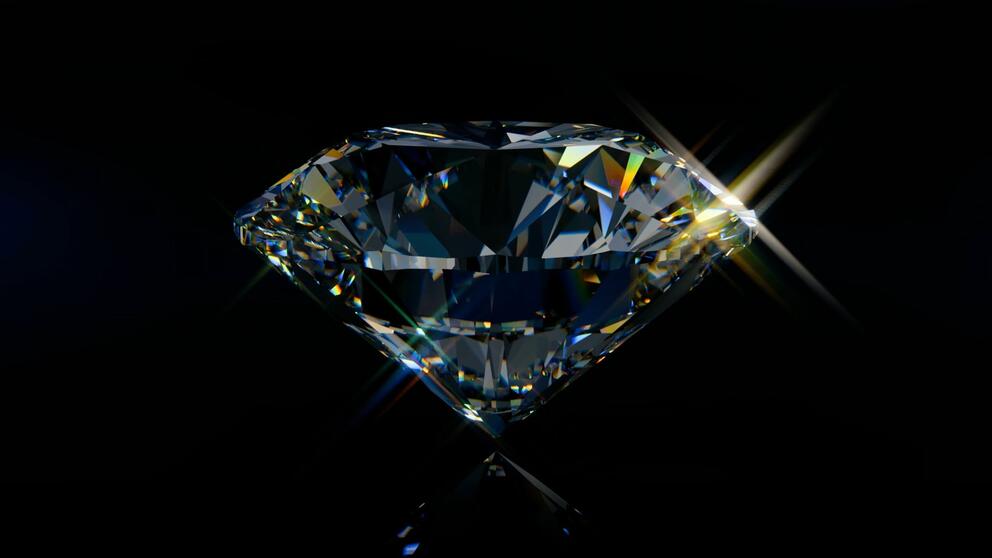
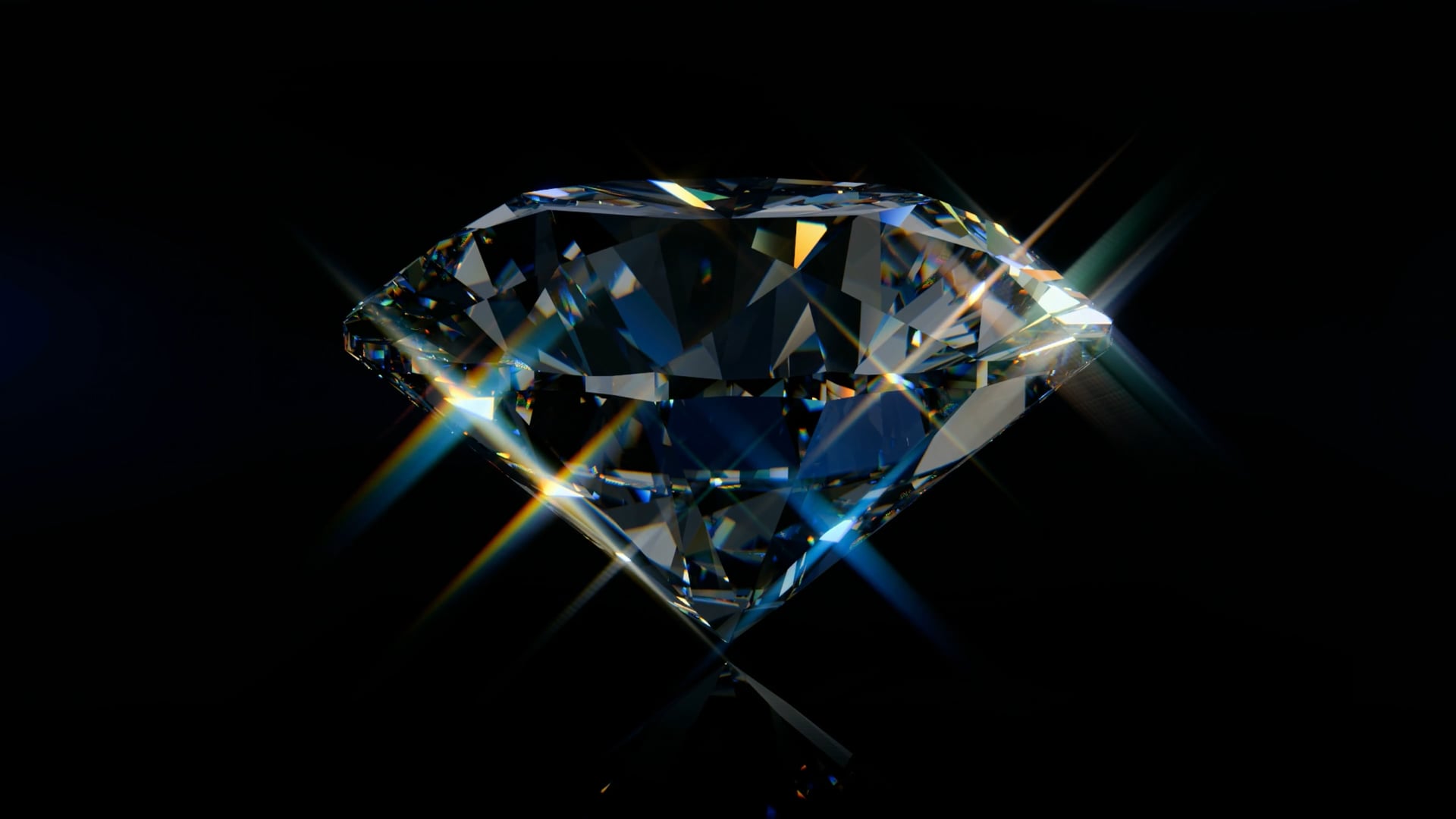
Important to know
Applications and Relevance
Gemology and Jewelry: One of the immediate applications of the Mohs Scale is in gemology. When designing jewelry, it's imperative to understand the hardness of the gemstones being used, since it directly impacts their durability and resistance to abrasion. For instance, diamonds, with a Mohs hardness of 10, are often used in engagement rings because they resist scratching better than most other stones.
Construction and Manufacturing: The hardness of materials plays a pivotal role in construction and manufacturing industries. For instance, understanding the hardness of minerals can help in selecting the right kind of machinery or tools for mining or cutting.
Education: The Mohs Scale serves as an elementary tool for introducing students to the world of mineralogy. Its simplicity and ease of use make it a favorite among educators.
Limitations of the Mohs Scale
The Mohs hardness scale is easy to use, but it lacks accuracy because of only 10 scales, with a near logarithmic relationship to absolute hardness. A difference of Mohs Hardness of 5 and 6 cannot be truly determined and is more of an approximation than the more sophisticated and high precision hardness measuring methods like Vickers or Rockwell.
Relative Hardness: The Mohs Scale measures only relative hardness. It doesn’t provide an absolute or quantitative measure. For instance, while diamond is ranked 10 and corundum 9, diamond is actually many times harder than corundum.
Lack of Precision: The scale lacks intermediate values. Hence, if two minerals fall between two numbers, determining their relative hardness can be challenging.
Not Comprehensive: The scale covers only 10 minerals. Many minerals fall in between these standard numbers, requiring the use of additional reference minerals.
Other Hardness Measurements
Given the limitations of the Mohs Scale, other methods have been developed for a more precise measurement of hardness. The Vickers and Rockwell scales, for instance, measure hardness by assessing the depth or size of an indentation left by a fixed force. These scales are more commonly used in metallurgy.
Advantages of the Mohs Scale
The advantage of the Mohs hardness measuring method is the scratching process compared to the denting of the other two methods. This is especially useful for crystalline materials like glass or ceramics that will shatter and not deform.
It is a easy quick and cost effective method to determine the scratch hardness of minerals. A Test kits costs less the 30 USD. And before you ask. Such a low cost test kit comes without a real diamond.
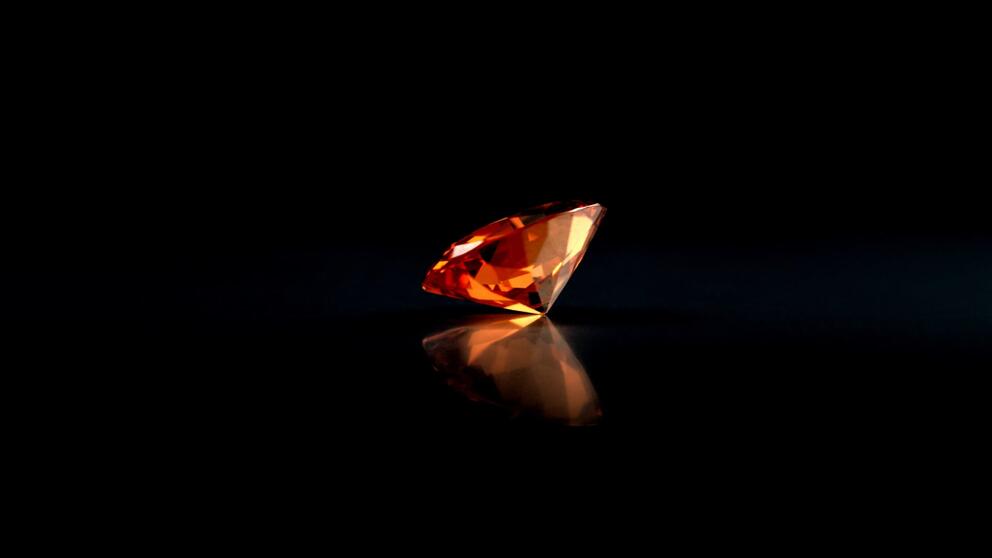
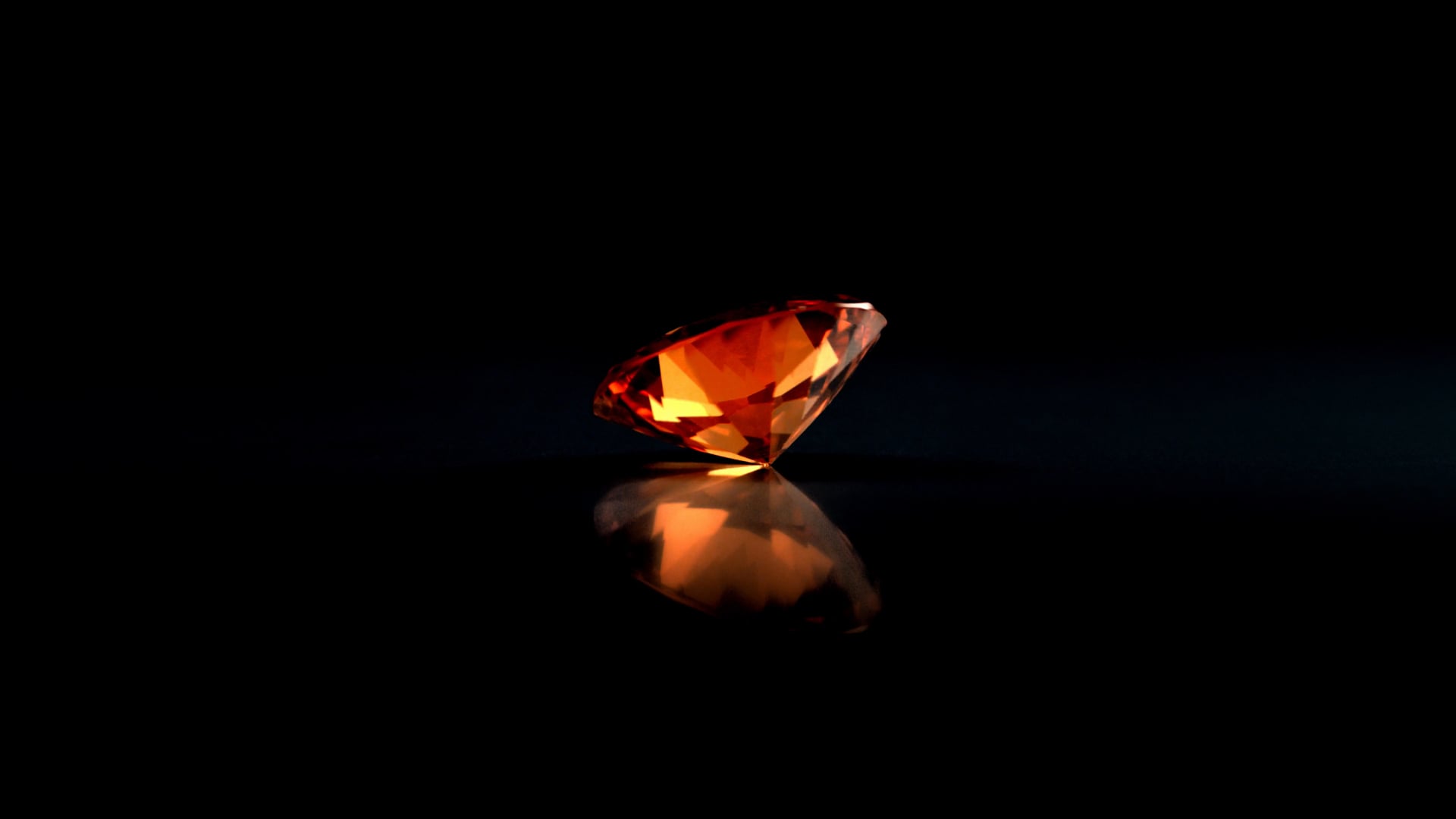
Mohs hardness in brief
The Mohs Hardness Scale, despite its limitations, remains an important test for mineralogy. Its simplicity, ease of use, and the fact that it requires no special equipment make it widely popular. Whether it's used by a student in a classroom, a jeweler assessing gemstones, or a geologist in the field, the Mohs Scale stands as a testament to Friedrich Mohs' ingenuity and the enduring importance of systematic classification in science.
When to use Mohs Harness Testing and when not
It’s a simple way to test scratch hardness, using tools like a copper penny and a steel nail. While it helps categorize minerals, it provides relative, not exact, measurements. For instance, diamond (10) is much harder than corundum (9), but corundum is only twice as hard as topaz (8).
Indentation hardness measures resistance to constant pressure, like pressing a nail into a surface. The Rockwell scale gauges this by seeing how well a material resists being punctured, unlike scratch hardness. This test is precise but must be done in a lab setting.
Rebound hardness checks how much a diamond-tipped hammer bounces off a material. The Leeb rebound Test? test is handy in the field, offering some advantages over lab tests, but is less precise.
Elasticity and plasticity describe whether a material returns to its shape (elastic), changes shape without breaking (plastic), or breaks (brittle). Diamond, while hard, is brittle, whereas copper is soft yet ductile and malleable.
Strength measures a material’s ability to deform under stress, while toughness measures resistance to breaking. These properties are crucial for different applications:
- Use the Mohs scale for cutting tools.
- Use Rockwell or Vickers or Brinell scales to check for denting.
- Check elasticity and brittleness for load-bearing structures.
- Assess strength and toughness for construction materials.
- Use the Pencil Hardness Test for Optical Think Film Coatings and Paint
Where to buy a Mohs Hardness Testing Kit ?
Are you looking for a Mohs hardness test kit? You can easily purchase one from online retailers like Amazon or eBay, which offer various options for different needs and budgets. Specialty geological supply stores are another excellent source for these kits, providing professional-grade tools. Our recommended online store to buy is geology.com
